Autumn snacks in Quzhou
Dongping persimmons
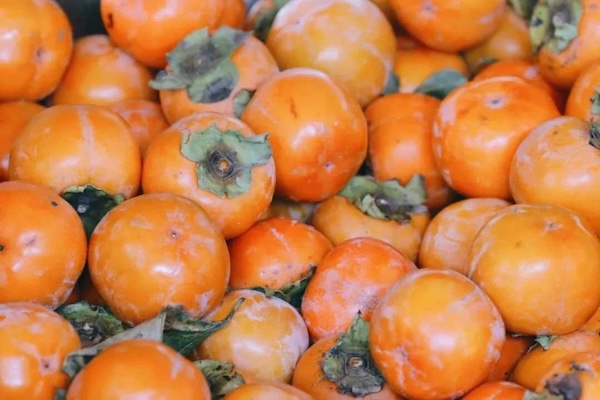
Fresh Dongping persimmons. [Photo/qz123.com]
Persimmons in Dongping village ripen with the arrival of autumn.
Dongping village has more than 2,800 persimmon trees, of which about 600 are over 300 years old. The oldest one in the village is 500 years old.
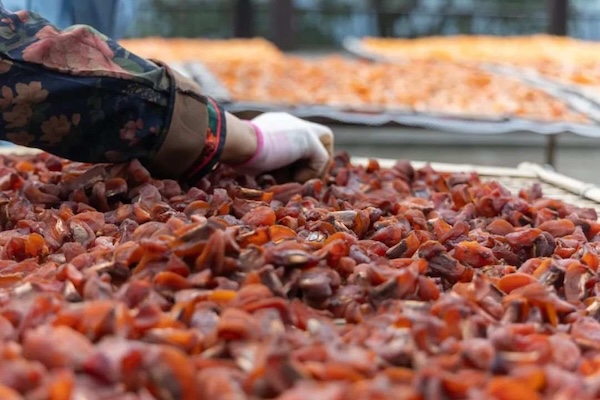
Persimmons are dried under the sun to be made into persimmon cakes. [Photo/qz123.com]
Most villagers will dry all the leftover persimmons and make them into persimmon cakes. Persimmon cakes have a more distinct flavor than fresh persimmons.
Duze osmanthus cake

Duze osmanthus cake. [Photo/qz123.com]
Osmanthus cake, also known as hollow cake, is a flat round cake with a hollow layer inside. The crust is thin and crisp, with white sesame seeds covering the surface. The inner face of the crust is covered with maltose, and the maltose is stuck with osmanthus petals.
The ingredients for making osmanthus cake are very simple: flour, white sugar, maltose, white sesame seeds, and osmanthus, but making it is not easy.
Including making the crust, fillings, shaping and baking, it features more than 30 processes.
Taro cake
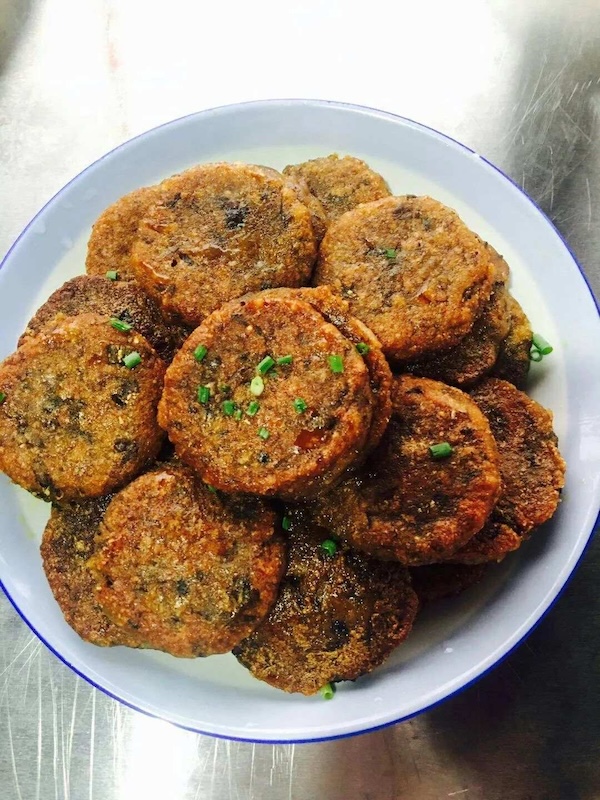
Taro cakes. [Photo/qz123.com]
Lots of taros in Hunan town begin to mature in autumn, giving birth to the local taro cake.
Taro cake has a history of more than 200 years.
The main ingredients are taro stems, pork, vegetable oil and well-matched rice flour (glutinous rice and brown rice). Making it involves more than 10 processes.

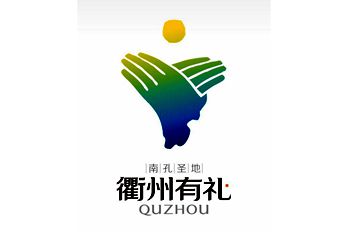 City brand logo - fist-and-palm salute
City brand logo - fist-and-palm salute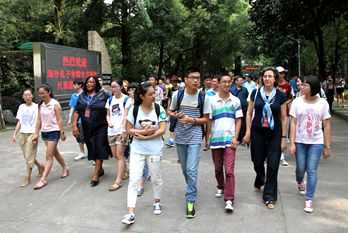 Confucianism on campus
Confucianism on campus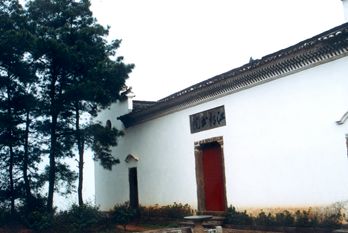 The culture of the academy
The culture of the academy